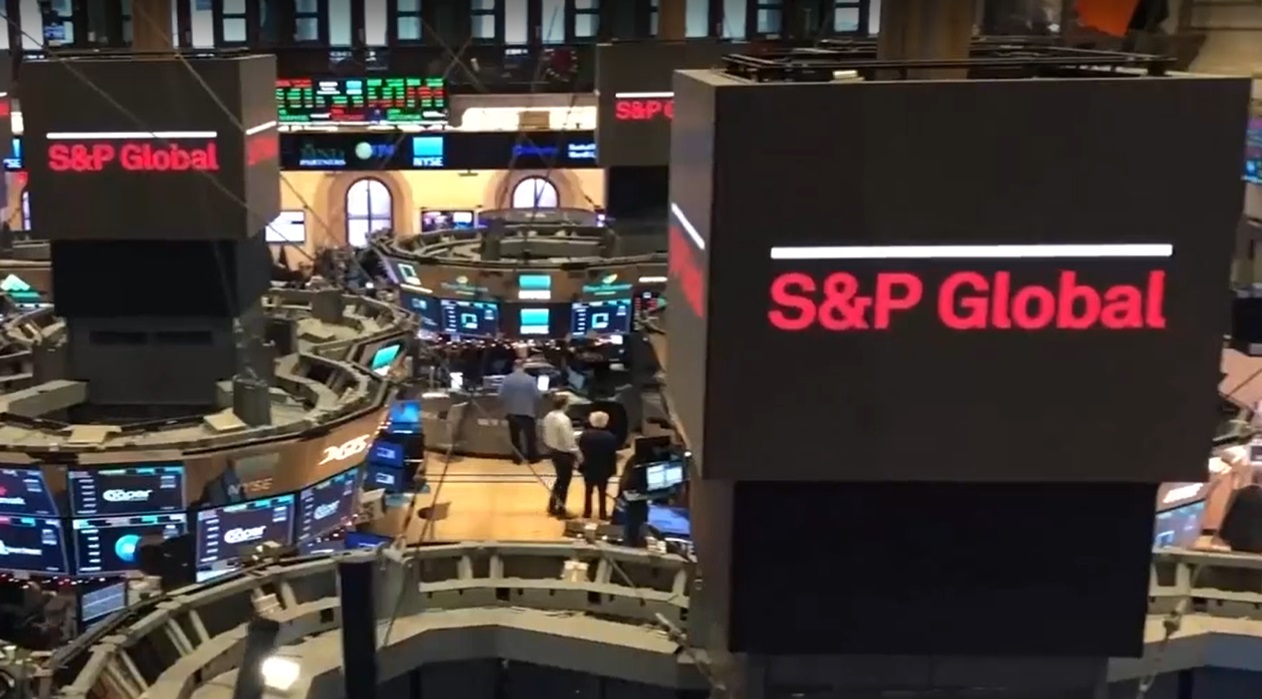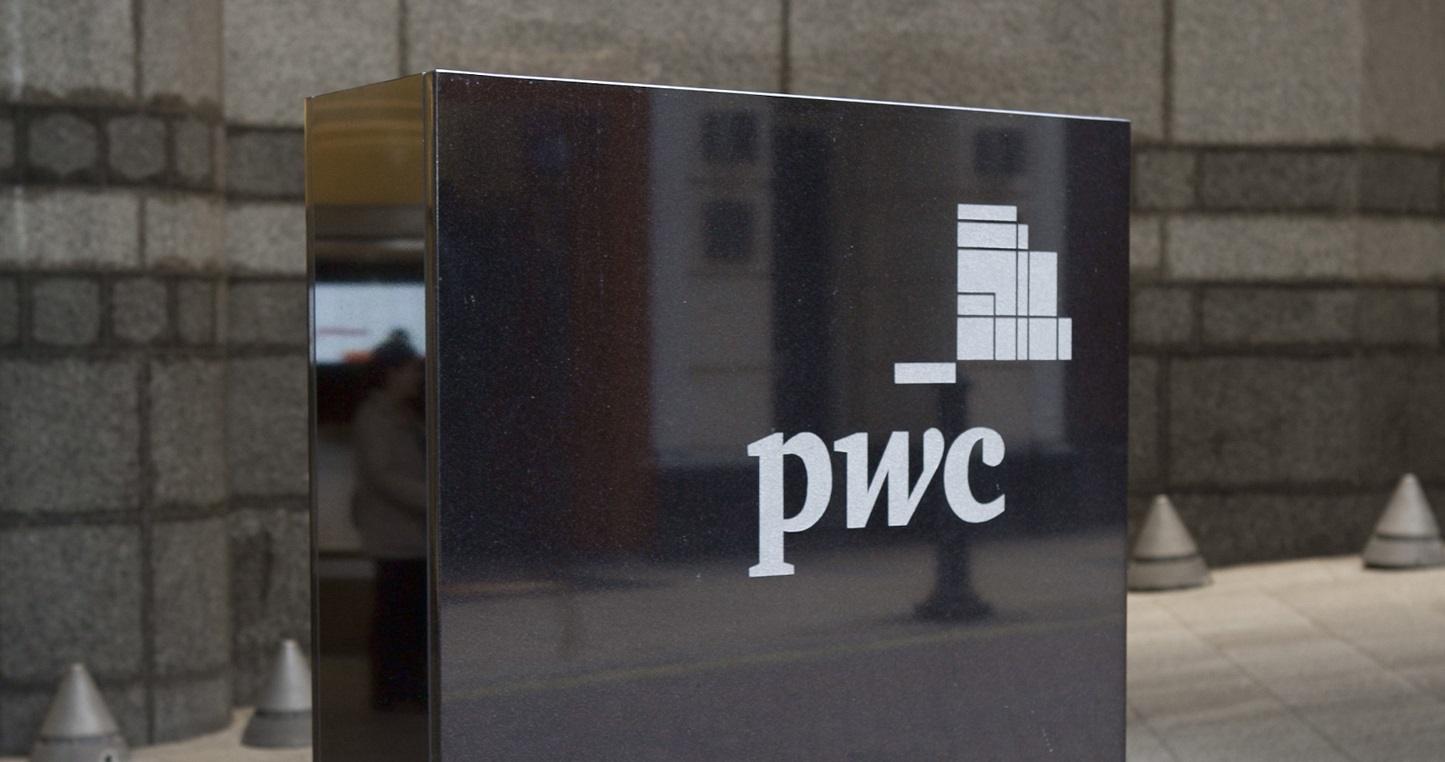Sustainability-Linked Bonds Need to Address Credibility Issues to Resume Growth: S&P
Issuance volumes of sustainability-linked bonds (SLBs) fell sharply in late 2022, after several years of rapid growth, according to a new report by S&P Global Ratings, as challenging market conditions and increasing investor scrutiny pressured the asset class. In order to resume growth, SLB issuers will need to address concerns about the credibility of the goals and impact of the instruments.
The report, examining overall trends and outlook for the green, social, sustainable, and sustainability-linked bond (GSSSB) market, found that GSSSB issuance fell in 2022 by nearly 20% to approximately $854 billion, with declines across each bond type, as monetary policy and macroeconomic uncertainty challenged global bond markets. Despite the declines, GSSSB volumes outperformed the broader market, increasing its share of issuance to 13% in 2022, compared to 12% in 2021 and only 5% in 2019.
One of the sharpest reversals in issuance growth occurred in the SLB market, which declined by more than 25% to $73 billion, after years of rapid growth which saw volumes increase by more than 20x between 2019 and 2021.
While the report attributes the SLB issuance decline in part to the challenging market conditions for non-financial corporates, which represent the majority of SLB issuers, it also pointed to credibility issues facing the asset class from investors and policymakers on “whether SLBs help companies achieve meaningful sustainability targets.” Specifically, the report highlights issuer ambitions, such as the targets tied to the terms of the bond, and the strength of the incentives around achieving those goals.
The report outlines drivers that could help SLBs resume growth if issuers can address the credibility concerns, including the flexibility of the asset class enabling issuers to participate in the sustainable finance market that would be less capable of issuing use-of-proceeds instruments, as use of proceeds are not restricted to specific sustainability projects, unlike green, sustainability or social bonds, opening the door to more sectors and to smaller issuers.
In the report, authors Dennis Sugrue and Bryan Popoola wrote:
“To get back to growth in 2023 and beyond, issuers of SLBs will have to find ways to address concerns flagged by market participants about the credibility of SLBs, namely surrounding issuer ambitions and incentives to achieve sustainability targets.”
S&P forecasts growth to resume overall for the GSSSB market in 2023, with issuance volume increasing by 5% – 17% to $900 billion to $1 trillion, near the $1.06 trillion record in 2021. GSSSB issuance volumes are expected to exceed overall global bond issuance again, which S&P Global Ratings estimates will grow by 2.5%, with GSSSB share of market growing to a record 14% – 16% in 2023. Key growth drivers for the GSSSB market highlighted in the report include policy, regulation and transparency initiatives such as the recently passed Inflation Reduction Act in the U.S. and the EU’s SFDR regulation, and an increasing focus on investment in climate adaptation and resilience projects and initiatives.
Click here to access the S&P Global Ratings report.





